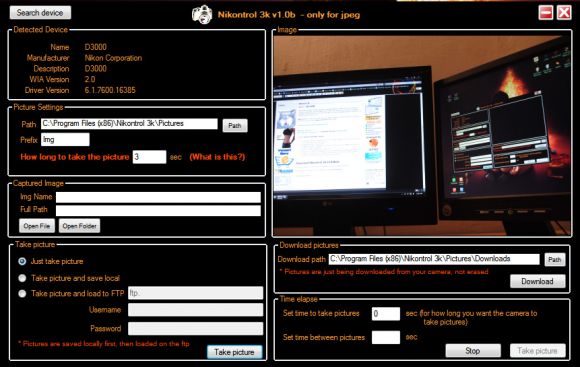

In a touch-friendly interface, it offers a good level of image correction, autotagging, blemish removal, face recognition, and even raw camera file support. The Microsoft Photos app included with Windows 10 may surprise some users with its capabilities. Up-to-date desktop operating systems include photo software at no extra cost. Does that mean you have to pay a ton for high-end software? Absolutely not. So you've graduated from smartphone photography tools like those offered by the smartphone operating systems and maybe Instagram. For example, DxO Photolab may not have face recognition or keyword tagging, but it has the finest noise reduction in the land and some of the best camera- and lens-profile-based corrections. A product with everything checked doesn't necessarily have the best implementation of those features, and one with fewer checks still may be very capable, and whether you even need the checked feature depends on your photo workflow. Note that, in the table below, it's not a case of "more checks mean the program is better." Rather, the table is designed to give you the quick overview of the products. The issue is that, in general, users at each of these levels will be most comfortable with the products intended for them. Nothing says that pros can't occasionally use an entry-level application or that a prosumer won't be running Photoshop, the most powerful image editor around. We've included all levels of PC software here, and reading the linked reviews will make it clear which is for you. Of course, novice shooters want different software from those shooting with a $52,000 Phase One IQ4 in a studio. How to Set Up Two-Factor Authentication.How to Record the Screen on Your Windows PC or Mac.How to Convert YouTube Videos to MP3 Files.How to Save Money on Your Cell Phone Bill.How to Free Up Space on Your iPhone or iPad.How to Block Robotexts and Spam Messages.


 0 kommentar(er)
0 kommentar(er)
